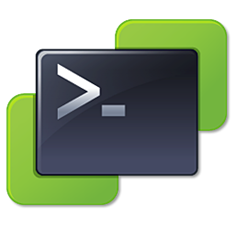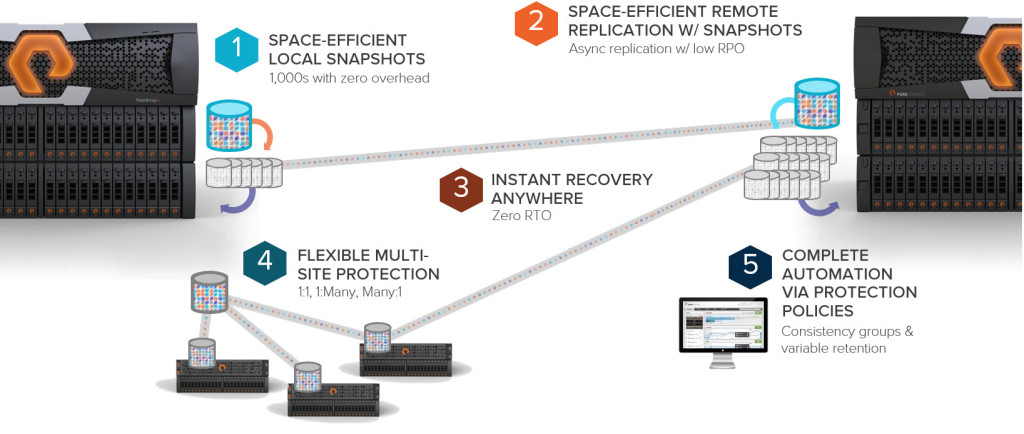Here we go with another in-guest UNMAP post. See other posts here:
I was asked the following question the other day “does in-guest UNMAP work when snapshots exist?” To save you a long read: it does not work. But if you are interested in the details and my testing, read on.
My initial answer was “no” but I thought about some changes in VMFS-6 and reconsidered. If you refer to the vSphere 6.5 documentation you can see this change for VMFS 6:
“SEsparse is a default format for all delta disks on the VMFS6 datastores. On VMFS5, SEsparse is used for virtual disks of the size 2 TB and larger” Continue reading “In-Guest UNMAP and VMware Snapshots”









